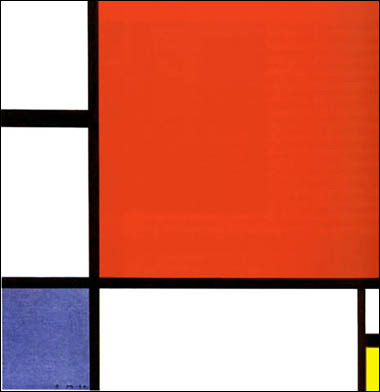In order to answer a question as multifaceted as the one presented, one must first settle upon a definition of “artwork,” what might qualify as “essential functions” of such a thing, and finally whether representation aligns with these essential functions in any regard at all. A daunting task for the first assignment of the semester, to say the least. However, in my fairly uneducated estimation, I would have to define artwork as a sensible, constructed artifact which has as communication as a teleological aim beyond utility. This communication need not be external, for example, a painting painted by a painter and never gazed upon by another subject could serve as communication by the painter to him/herself. Sensibility is requisite for the definition because communication to oneself by oneself could be accomplished entirely within the mental sphere without the need for a medium, and this internal communication could not be considered an “artwork” (although I can envision a future medium in which mental states are directly transmitted between parties, meticulously constructed so as to convey meaning, the implications of this being too abstract to dissect presently). And finally, an artwork’s communication must extend beyond the realm of utility or every business memo would be considered artwork. Note that this does not preclude utility from being an aim of an artwork, such as in furniture, silverware, or architecture.
Within this lengthily explained definition the “essential functions” of artwork can be discovered, chief among them communication beyond utility. A grocery list does not communicate beyond utility, however, a grocery list with a sketched border of stick figures gorging themselves on pomegranate communicates not only the items needed but also the tone and passion of the creator and therefore is a work of art (though perhaps not high-art). The question now then is what role representation plays in communicating beyond utility.
While it is clear that all communication requires representation, for communication whether verbal or visual is achieved through signs and symbols which necessarily represent the entities which are being symbolized, to what extend does representation play an integral role in that truly artistic mode of communication, that which is beyond utility? Here on this elevated level it seems that representation is not nearly so important. While Mondrian’s squares on a generally communicative level represent the geometrical entity of a square, as a work of intentionally abstract art, on a particularly communicative level they do not themselves represent anything other than themselves.
Some works of art do employ representation on a particular as well as general level though, including most realistic visual artworks which feature recognizable figures which represent anything from sunflowers to farmers to cityscapes, however, the question being to what extent representation is essential, I would have to conclude at this point that it is essential to artwork only as a necessary element of communication, incidental more so than fundamental.

No comments:
Post a Comment